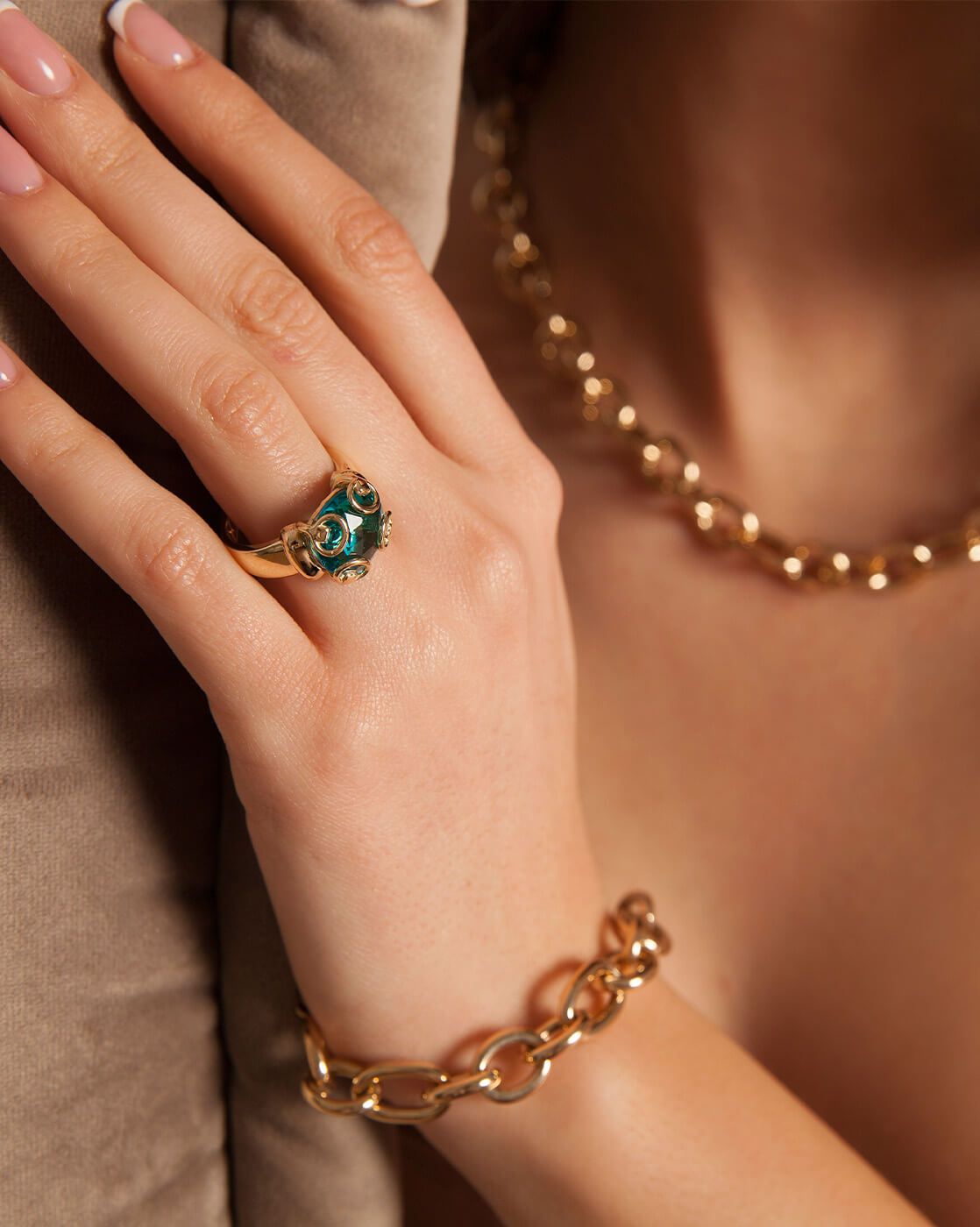Some Of The Vision Changes With Cataracts Include:
- Blurry vision
- Double vision
- Sensitivity to light
- Decrease vision during night time
- Seeing colors faded or with a yellow tinge
- More glare while driving at night
- Other Factors That Can Cause Cataracts:
- UV light from the sun
- Diabetes
- Hypertension
- Obesity
- Smoking
- Prolonged use of corticosteroid medication
- Previous eye injury
- Previous eye surgery
- High Myopia (shortsightedness)
Treatment Of Cataracts
When you cannot achieve clear vision with spectacles any more, then the only option to treat Cataracts is through surgery. In many cases, cataracts are present but surgery is not necessary as good quality vision is still achieved. Once the Cataracts affect your quality of life, then together with your eye care professional you will determine if surgery is the best way forward. Delaying the procedure won’t affect how well your vision recovers. Your eye doctor will recommend a periodic follow-up exam to assess if the Cataract has progressed.
Cataract surgery involves removing the clouded lens and replacing it with a clear artificial lens. The artificial lens, called an intraocular lens, is positioned in the same place as your natural lens and it remains a permanent part of your eye.
For more details about Cataracts or its treatment, kindly refer to our frequently asked questions on Cataracts.












